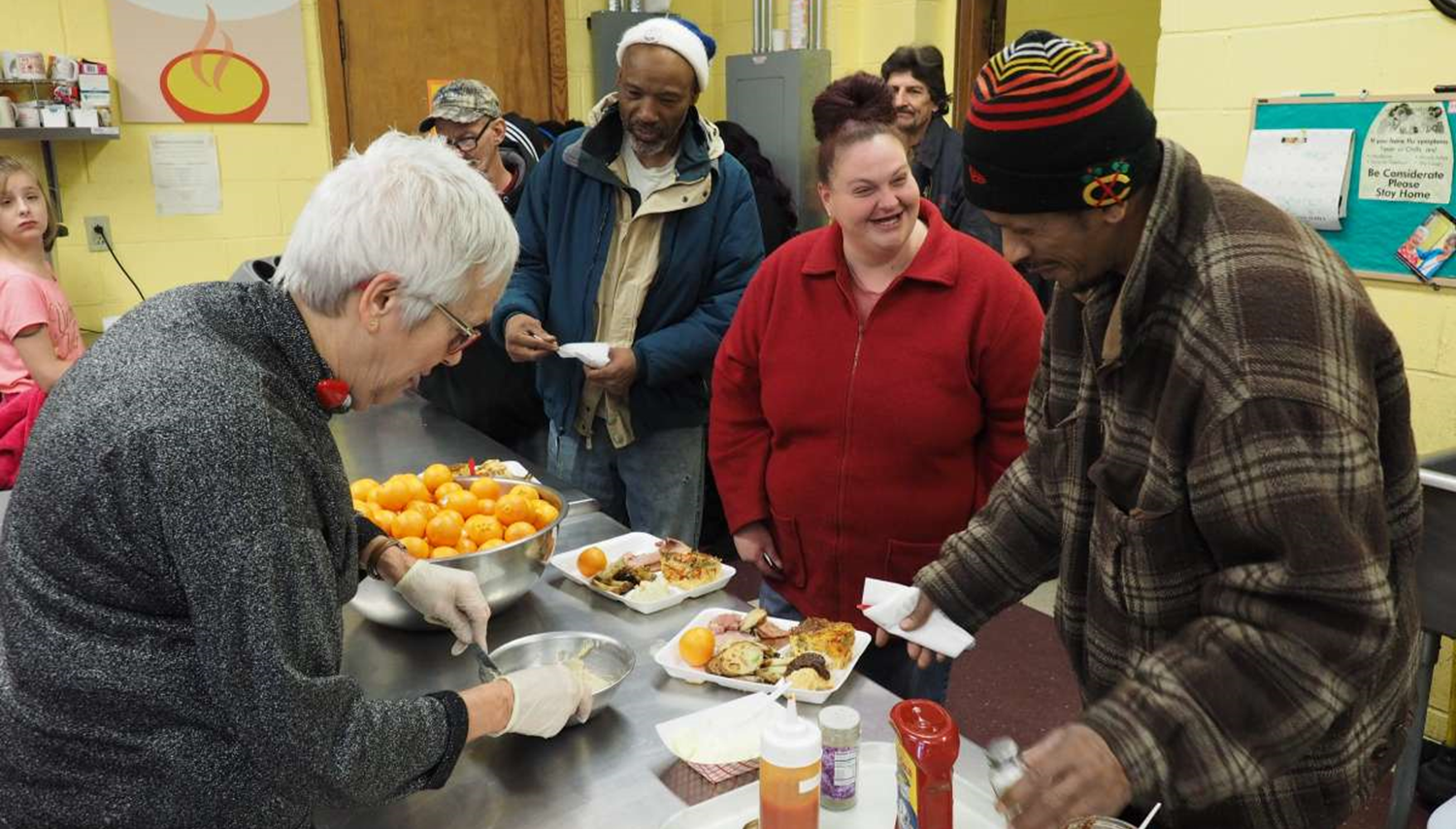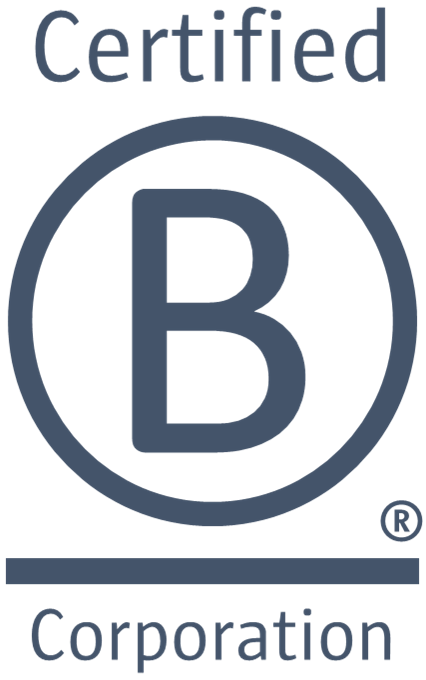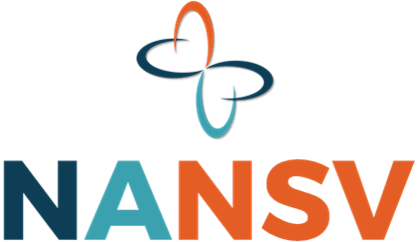It takes good communications skills formulate questions, spur dialogue, and assess information. Local governments shouldn’t need to look further than their Communications departments to find them. Their professionals have learned more in the course of their education and careers than simply creating newsletters. Most have the ability to do the things described above, and do them well. Other departments, though, often seem to be hesitant to take advantage of this, or unaware these capabilities exist in-house. That’s a "miss," because the expertise resident in Communications’ functions have tremendous and unique value to offer to leaders’ strategic deliberations and decisions.

How In-house Communications Delivers Better Strategic Choices
Local Government Communications Series – Chapter Two

Our Local Government Communications Series intends to promote cross-disciplinary and cross-functional integration, or continuous, comprehensive engagement of local governments’ Communications departments by those in public-facing, mission-focused roles and functions. In the series Introduction, we explained at a high level why such integration is essential to aligning services, conveying messages, and generating desired constituent actions. Chapter One covered how municipal leaders view and use the Communications expertise available to them, showing the contrast between the “ideal” and the typical reality. Here, in Chapter Two, we show how in-house Communications can help drive public-facing departments’ strategies.
Listening is Key to Responsive Government
Communications is more than just pushing messages. As we found earlier, though, many local government leaders think it’s just that—getting critical information out to the public. However, communications includes the “voice of the people,” too. That’s essential to responsive strategy, ensuring both governments and their constituents are optimally served. In context, this generally means providing the most relevant and impactful services, delivering on a timely basis and with acceptable quality, and influencing people’s behaviors. Also, departments have to be able to identify the internal challenges that their ability to do these things, and the individual and relative costs and benefits of addressing them so they can prioritize investments.
Listening and learning is essential in telling local governments what constituents need and want, how much they like or dislike how they’re currently being served, and what keeps them from acting as hoped. There are three key elements to this:
- Asking good questions of the right people to get quality answers
Developing strategies responsive to demands and conditions requires, among other things, understanding and incorporating constituents’ needs, wants, capabilities, and barriers. These often differ among sub-sets of the population. Learning requires asking and listening to all groups affected by the pertinent scope of services. That’s typically harder than it seems, since segments have to be identified, reached, persuaded to participate, and asked about issues in ways they can understand. This is the essence of “discovery,” or the definition of the environment to which leaders have to reply.
- Interpreting information and providing leaders sound guidance
Engagement communications also support responsive strategy by analyzing constituents’ inputs. Using details gathered in interviews, focus groups, and/or surveys, researchers can identify “themes,” both in the population as a whole and in each of the key sub-sets. These are taken into account in the context of, for example, the goals of the inquiring organization as well as demographic data and trends (e.g., age groups, income brackets, and geographical areas). The combined information can advise leaders on priorities (where to focus first) and strategic solutions (what to do to meet the relevant demands).
- Identifying outcomes and affecting strategy modifications
No matter how well-conceived, things don’t always work as planned. To be effective, local government leaders have to adjust when the results of strategic actions aren’t what they expected. This requires the ability to: (1) Recognize problems, and (2) Find out why, which can only be obtained by measuring (e.g., target populations’ use of and satisfaction with services) and receiving explanatory data. Constituents’ inputs, both spontaneous (e.g., direct feedback) and facilitated (e.g., focus groups and surveys) can offer a wealth of information. Their opinions are collected via inbound communications and proactive listening.
In-house Communications Brings it All Together
How so? The skills are clearly key, but those are available outside the government too. What’s harder to find is a deep appreciation of the nuances of a municipality’s inner workings, history, and local culture and sub-cultures. Having this knowledge is a game-changer. It’s much easier to identify the right audiences, reach and engage them, and ask the right questions in appropriate ways. This provides a rich understanding of constituents’ life situations, their experiences with the public sector, and other key details, and it enables more accurate, focused analysis of public feedback. No matter how reputable they are, the depth of locality-specific knowledge we’re talking about here typically can’t be found among external consultants.
Long-term exposure to the local landscape provides the foundation needed to formulate responsive strategies. It’s in-house resources that typically have this knowledge, and when it’s combined with the right skills, it’s powerful. Internal Communications functions typically have the required understanding of their governments, the populations, and the local contexts, and they have the necessary capabilities. This optimally positions them as subject matter experts (SMEs) so they can be internal consultants to government leaders, who become their internal clients. Together, they’re able to get the best information and extract key data points essential for sound strategic decisions, outcome measurement, and course corrections.
In-house Communications functions need to use their expertise
to be internal consultants participating in public-facing local
government departments' strategic deliberations and decisions.
This word “together” is very important. Consultants and clients work best when they leverage each other’s knowledge and experience, and Communications departments do everything themselves. Their value comes from partnerships, and creating successful relationships calls for integration. When they’re working side-by-side, in-house Communications professionals can develop a thorough understanding of internal client services, goals, and challenges, and in turn in turn provide their knowledge of the landscape and their skills to effectively listen and learn. Close partnerships aren’t developed overnight. It takes time and requires the kind of extensive interaction that can only happen if there is consistent, on-going collaboration.
In other words, the significant value Communications departments can provide is only possible if they aren’t an afterthought for, let alone ignored by, local government executives. They have to be deeply involved in what officials and public-facing departments are doing—informed, for sure, and even better actively participating in discussions and deliberations about everyday challenges as well as plans for the future. Ultimately, we’d like to see them be embedded with other departments in addition to providing “universal” services to the government as a whole (that’s an important concept to understand and it can take many forms, and it deserves its own treatment. We’ll talk about this more in a future article in this series.

What Can Communications Directors Do Now?
To be effective internal consultants and fulfill their value propositions, Communications departments need to change organizational mindsets that inhibit integration,. It’s often a challenge to transform the thinking of local government leaders who have grown accustomed to the status quo, and may not even be aware of what’s possible. Communications Directors also need the resources and skills to consistently deliver. While governments should make investments given the value proposition of integration (which, in fact, can help reduce overall costs), this won’t happen prior to “proof of concept.” Supplementing staff with outside consultants can help until reinforcements arrive, but they must be seamlessly incorporated into in-house teams.
All of this may seem overwhelming—we’re essentially asking for a bit of paradigm shift, and that’s not a short-term proposition. However, there are some things you as a Communications Director can and should do right now to lay the groundwork for (at least incremental) integration that supports strategic thinking. Here they are:
- Think it Through, Write it Down
It may be intuitive to you, but your colleagues probably don’t recognize how much you can help them understand the environment and make sound strategic decisions. Take the time to explicitly define and document what, as a consultant, you can (and could, with the right resources) offer in this regard (hint: see above), so you can clearly articulate it to your would-be internal clients.
- Start Small to Grow Your Footprint
A great place to start is by offering to do constituent surveys to get feedback on experiences with one specific department. Don’t just provide the raw numbers. Play with the data and give your expert insights! Consider it a “pilot” to start demonstrating your value to your client. This will also help introduce executives to the idea of integrated consultant and client relationships.
- Offer Up a Model for Integration
The third thing you're going to have to do is define what deeper integration with public-facing departments can look like given your situation. This may not look the same as it will for your peers in other governments, depending on your resources. We’ll talk about “mature” solutions later in this series, but don’t wait. Tell your "pilot" department how it can be, and get involved.
What's Next in This Series?
Check back soon for the next posts covering how integrated Communications can:
- Improve government cost-effectiveness and sustainability
- Expand constituents’ awareness and understanding of what’s available
- Remove barriers to action and influencing population behaviors
- Enhance the quality of and “user experiences” with public services
Or,
contact us
to talk more about strategic integration of in-house Communications.
We have a few humble requests for our readers. Please:
- Read the introductory post to this series for an overview of our concept of integrating Communications in local governments
- Liberally share this post with your colleagues and peers, your administrators, department directors, etc. (see links up top)
- Give us your feedback and keep checking back for our next installment on how a strong Communications function can make government better
- If you have questions or just can’t wait to get through this series, contact us by clicking on the button below
Read Other Posts

















